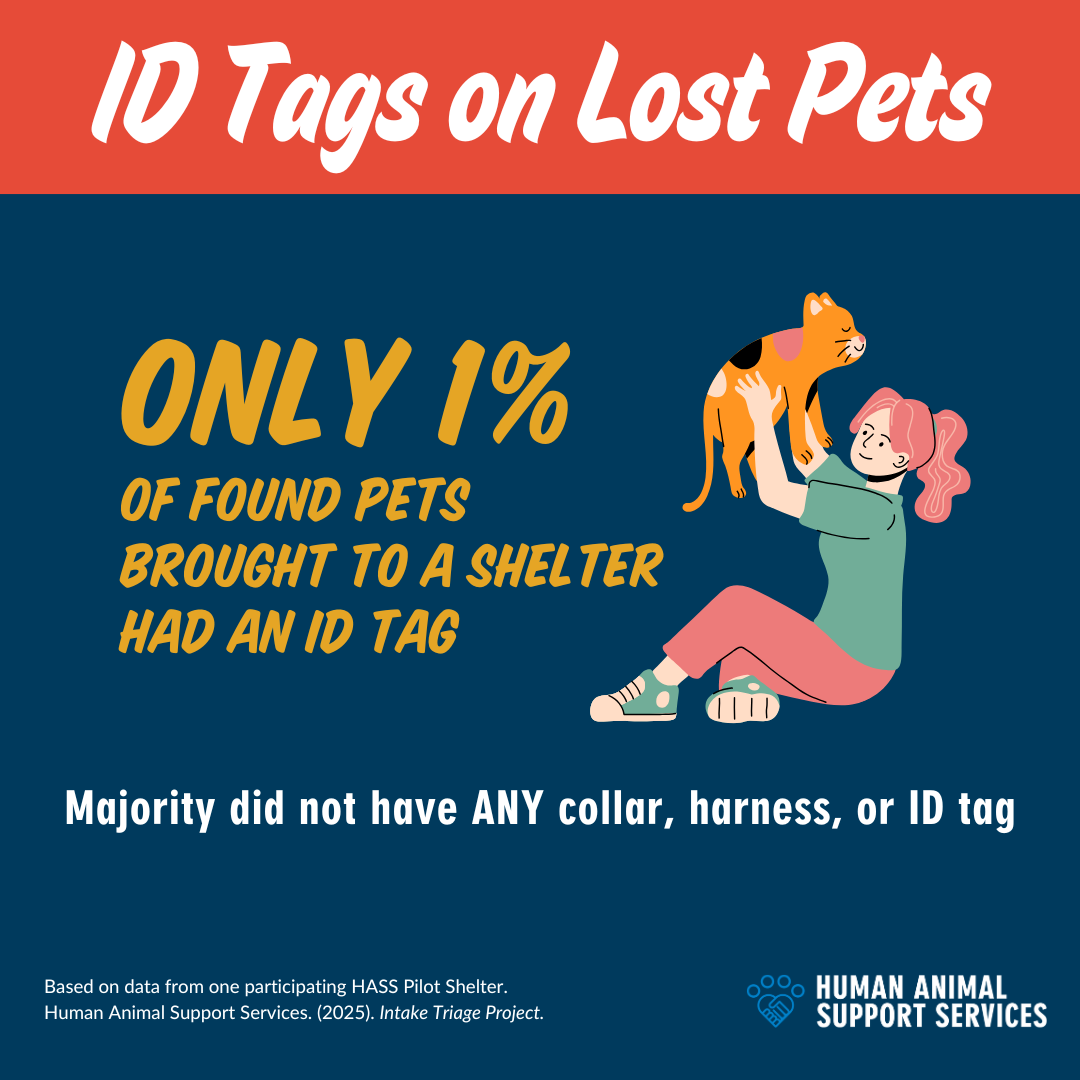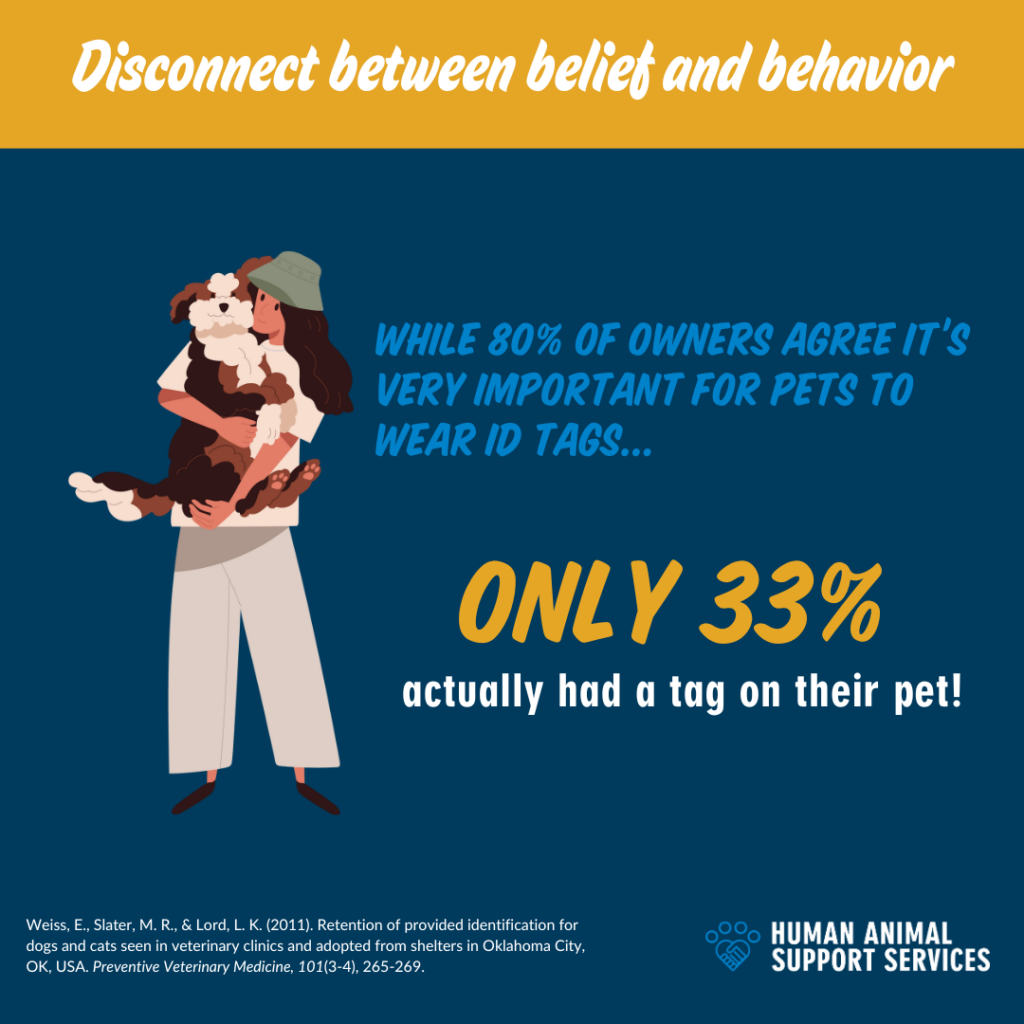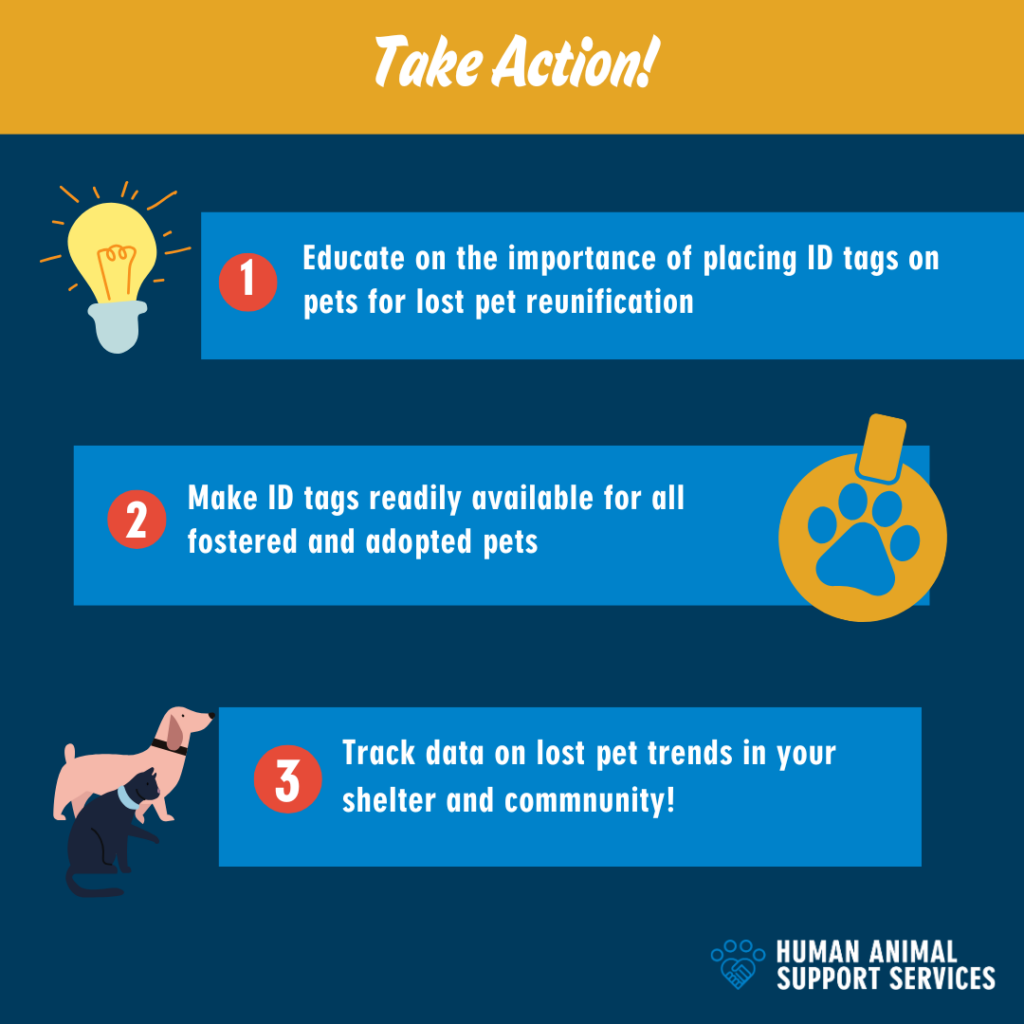Shelters with High Return-to-Home Rates for Dogs
While many animal shelters continue to face challenges in successfully reuniting lost pets with their owners, some have developed innovative strategies and are making significant strides in this crucial area.
With current trends in technology, data sharing, and community outreach, many shelters are achieving impressive return-to-home rates. British Columbia SPCA and HASS Partner Organization, Wisconsin Humane Society, are two shelters who are achieving dog return-to-home rates as high as 80% by employing holistic and human-centric solutions that address pet reunification.
Let’s dive into the strategies that shelters with high reunification success are using, from microchipping and innovative tracking tools, to fostering community awareness and collaboration. If you’re a shelter worker or a pet owner, these insights could make all the difference when it comes to getting lost pets back home where they belong.
1. Community Messaging and Education
Both the British Columbia SPCA and the Wisconsin Humane Society place a strong emphasis on community engagement. They run programs that inform pet owners about the importance of microchipping, basic identification, and safe outdoor practices. By sharing information with the public on how to prevent lost pets and what to do if a pet goes missing before the pet is lost, these shelters create a more informed community that know what resources are available to increase the likelihood for reunification
Key Takeaway
Outreach and information sharing about how best to reunite lost pets empower pet owners to take proactive measures, significantly reducing the chances of their pets becoming lost in the first place.
2. Microchipping and Identification
In conversation, the British Columbia SPCA and the Wisconsin Humane Society both identified the importance of visible identification tags in reuniting pets. Research by Weiss et al. (2011) found that while 80% of people believed pet ID tags were important to wear, only 33% actually had them on their own pets! This disconnect between belief and behavior can result in many unidentified pets entering the shelter system
In addition to visible identification, microchipping is a critical aspect of the return-to-home process. Many high RTH rate shelters have made microchipping affordable and accessible, often providing it during adoption events or as part of a low-cost clinic.
This dual approach of providing pets with both microchips and physical ID tags ensures that if a dog is found, there are multiple ways to identify its owner – possibly without the pet even needing to enter a shelter!
Key Takeaway
Effective identification strategies, including microchipping and physical ID tags, drastically improve the chances of lost dogs being returned home.
3. Strong Partnerships with Local Organizations
Collaboration with local veterinary clinics, pet supply stores, and community groups has been crucial for both the BC SPCA and the Wisconsin Humane Society. These partnerships enable them to host events, provide resources, and extend their reach in their communities. For instance, during lost pet workshops, community members can learn about the local resources available to them if their pet goes missing, as well as what to do if they find a lost pet.
Key Takeaway
Building strong community partnerships fosters a network of support, enhancing the return-to-home process and raising overall awareness about pet safety.
4. Accessible Technology
Both shelters have embraced technology to streamline the return-to-home process. The BC SPCA, for instance, uses a robust online database where pet owners can report lost dogs, and community members can view found pets. Similarly, the Wisconsin Humane Society utilizes social media effectively to share information about lost and found dogs, making it easier for the community to stay connected.
Key Takeaway
Leveraging technology not only increases visibility but also accelerates the process of reuniting lost dogs with their families. Shelters can begin this process efficiently by using this RTH Benchmark tool to understand where their starting line is in order to get to the finish line successfully.
5. Welcoming Culture for Pet Owners
Both shelters have a culture where pet owners feel supported and do not feel judged. Whether it’s through follow-up calls after an adoption or providing resources on dog behavior and care, these shelters ensure that families feel equipped with resources to support the relationship with their pet. They also offer guidance on what to do if a pet goes missing, helping to alleviate the stress and panic that often accompanies a lost pet situation.
Key Takeaway
A supportive shelter environment encourages a strong relationship with community members and fosters strong bonds between families and their pets.
Conclusion
Shelters such as the British Columbia SPCA and the Wisconsin Humane Society serve as exemplary models for how animal shelters can enhance their return-to-home rates for dogs. Through community engagement, effective identification practices, strategic partnerships, innovative technology, and a supportive environment, these shelters demonstrate that reunification is not just a goal, but a shared responsibility. As other shelters look to improve their own return-to-home rates, they can draw inspiration from these successful strategies, ultimately leading to more happy reunions and fewer dogs in need of new homes.











